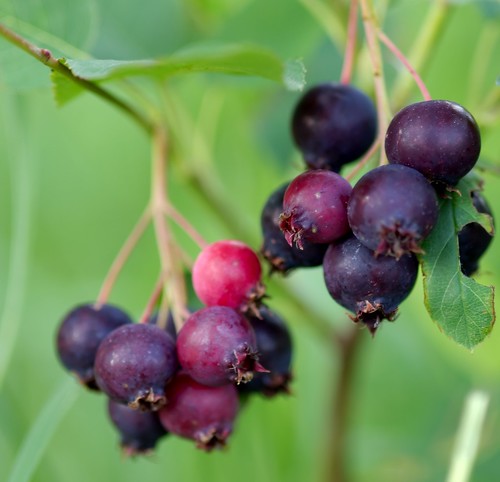Last spring was hot and way ahead of schedule, and this spring has been cold and a little slow.
Morels, in particular, took forever to show up. We just found some on Wednesday, later in the year than we ever have before. I have a feeling that May will even out to be about normal...so below are all the things we've highlighted before on the Natural Capital in the month of May. It's getting to be a long list!
What else have you been seeing out there? Enjoy the beautiful weekend outdoors and come back and leave us a comment here or on
Facebook!
We often make it out to
Thomspon Wildlife Management Area in early May to see the trilliums and ladyslipper orchids. I know I usually say that there's so much to see in the DC metro area that roadtrips are unnecessary, but the display at Thompson's is really unbelievable. Last weekend the trilliums were out in Charlottesville so I think they should also be going at Thompson's.
Pinxter Azaleas - Some yards are an absolute riot of hot pinks and purples in the spring with azaleas bred from Asian species. But there is actually an azalea native to this area, and it's quite showy in its own right. They're blooming in Rock Creek Park right now.
Tuliptree Flowers - Tuliptrees are one of the dominant species in the forests in and around Washington, DC. But because the trees are so tall, many people have never seen their flowers. You may find some falling on the ground even if you can't see them in the treetops. (But the real treat is, you can drink their nectar.)
Baltimore Orioles - Migrating right along with the tuliptree nectar are the orioles. Learn to recognize their pretty song and you may greatly improve your chances of actually seeing one. We just saw one for the first time this year on Wednesday, and we knew to look because we heard it first.
Ruby throated hummingbirds - Need I say more? Love, love, love these birds and I'm always so happy to see them come back in the spring. We saw our first one of the season last weekend near Charlottesville, so they're probably around here too -- or will be soon.
There are also many species of
migratory warblers -- pretty little songbirds with pretty little songs. In the last several years, we've had a day or two in mid-May when a lot pass through our yard. This post shows some of the species we see the most.
Mountain Laurel - The gnarled, shaggy trunks of mountain laurel (
Kalmia latifolia) make it a showy shrub at any time of year. But in late May or early June, they burst into flower.
Tufted titmice - These birds are in the Washington DC area year round, but (like many birds) they're nesting in May. This post was inspired by catching a pair flying back and forth repeatedly to their nest to feed their young.
Blue flag iris - This gorgeous iris can be found in our local wetlands. It's one of the showiest flowers native to the DC region.
Oyster mushrooms - These are quite possibly my favorite local mushroom. They're not showy like
chicken of the woods or early like
morels, just a reliable, plentiful mushroom with a nice mushroomy flavor.
Putty root orchid - I had been looking for this flower for years. I finally saw one last May.
Serviceberries - We first learned these native, edible fruits as "Juneberries," but we're starting to think they should maybe be called "Mayberries" around here. (Does something already have that name, or is it just a place in tv land?) They should start ripening at the end of the month. They're scattered throughout the woods in the DC area, but you'll get the most fruit from trees that have been planted ornamentally...see our list of some of the best areas we've found, and a few more in the comments to the post.
Eyed click beetles - We love these funky insects and their acrobatics. If you've never seen one in action, check out the videos in our post. For some reason we seem to always see them around this time of year. I'm not sure if that's just chance, or something about their life cycle.
And while you're out looking for all these things, don't forget to start checking for
ticks. I've already found one crawling on me this year. Lyme disease is rampant in our area, and a big deal if you get it. But if you find a tick within 24 hours of it attaching itself to you, chances are you won't get Lyme. So just suck it up and look for the little bloodsuckers.















